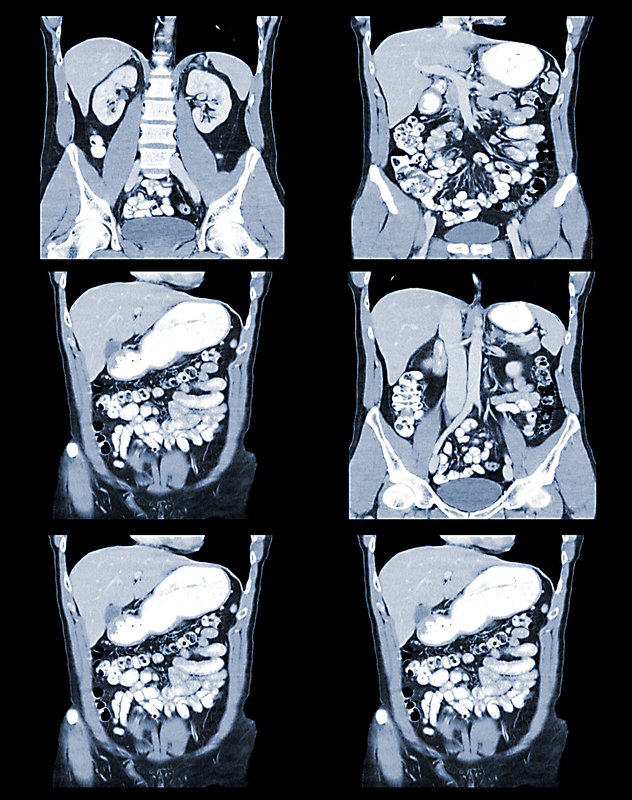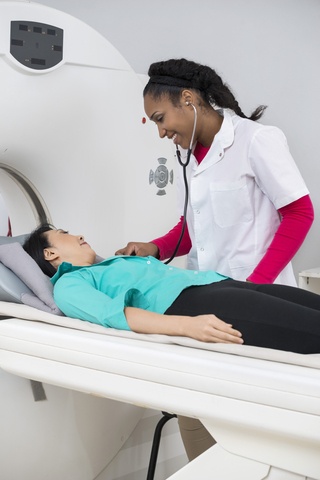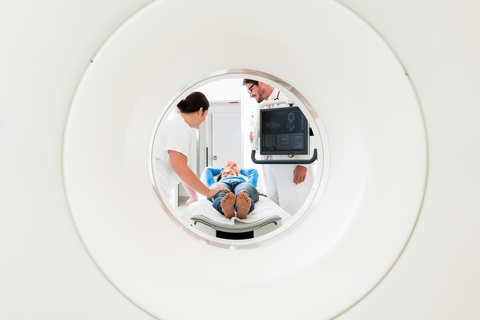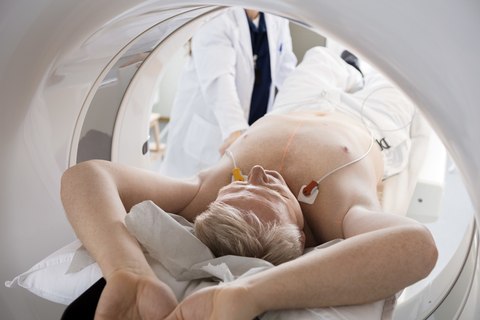HIPEC Treatment: Heating Up the Fight Against Mesothelioma
An elderly woman with malignant mesothelioma had a positive response to HIPEC treatment. HIPEC stands for hyperthermic intraperitoneal chemotherapy. The Journey of Diagnosing Malignant Peritoneal Mesothelioma Mesothelioma is a type of cancer that is caused by exposure to asbestos. It develops in the lining of organs in the body. When it grows in the abdominal cavity, it is called malignant peritoneal mesothelioma. This type of mesothelioma causes symptoms like abdominal pain, bloating, weight loss, and fluid build-up in the abdomen. It can take decades after asbestos exposure for mesothelioma symptoms to appear, and it can be hard for doctors to diagnose this cancer. Triumph Over Malignant Peritoneal Mesothelioma with HIPEC In this case, a 64-year-old woman went to the hospital…






